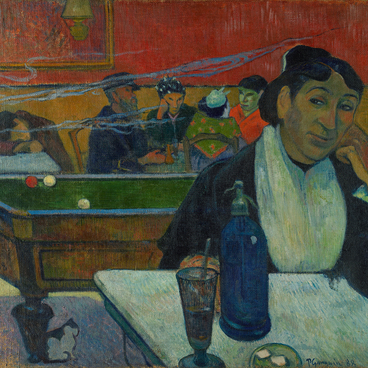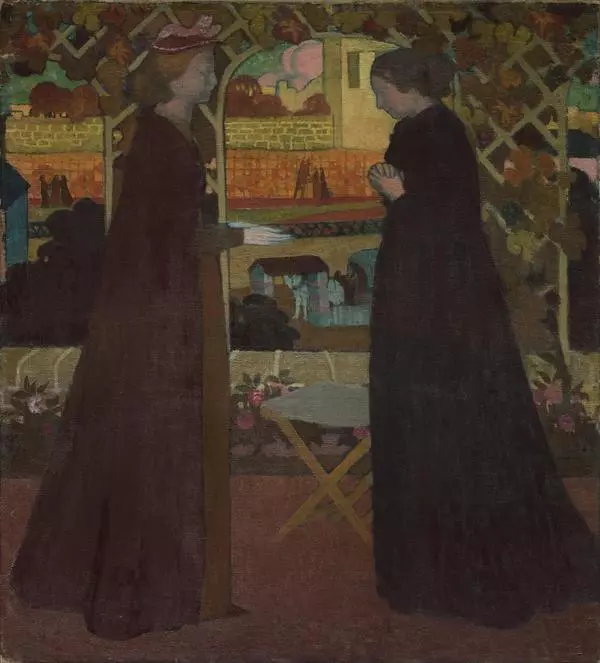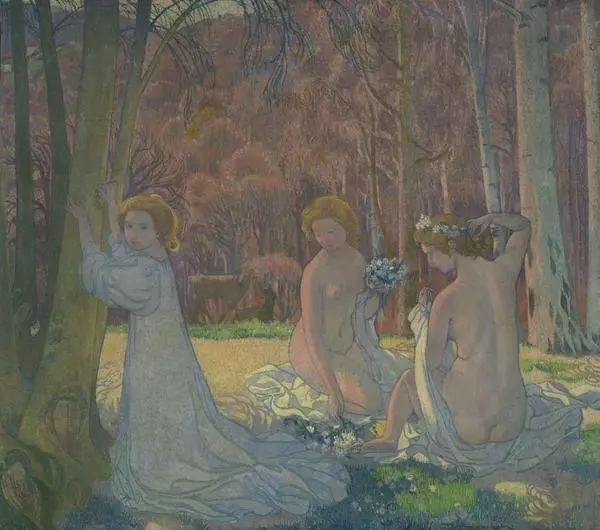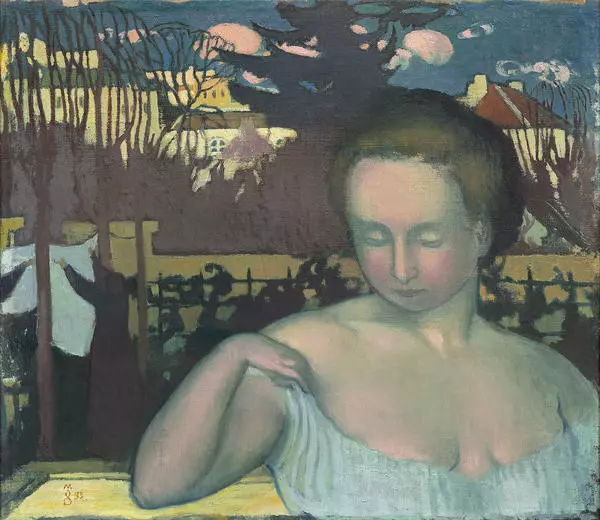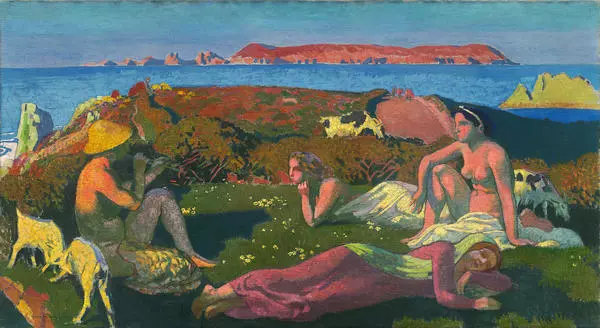#9

Maurice Denis
Polyphemus
#25
#7
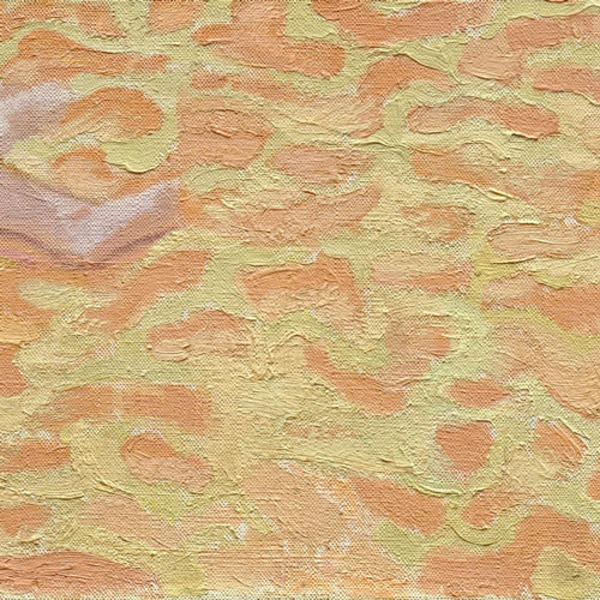
#1
The Nabi art group, to which Maurice Denis belonged, proclaimed as one of its postulates the withdrawal from the realistic image of reality. Even impressionist art was too realistic for these artists. The members of Nabi rejected perspective and light and shadow in order to focus on decorativeness. Denis usually interpreted landscape elements as some kind of ornamental planes. The sand is conveyed in this way in “Polyphemus”, as well as the water surface in his earlier piece “Regata at Perros”.
#26
Polyphemus with a pipe
#10

#4
According to the ancient myth, Nereid Galatea was the only one to melt the heart of the Cyclops Polyphemus, who sang serenades to her:
#5
“A cliff jutted out into the sea and ended abruptly in front of endlessly rushing waves. Polyphemus came there often with his herd. He sat there, placed a club as big as a ship mast by his feet, took out a pipe made of a hundred reeds and started to blow with all his strength”.
#27
Galatea in the sea
#11
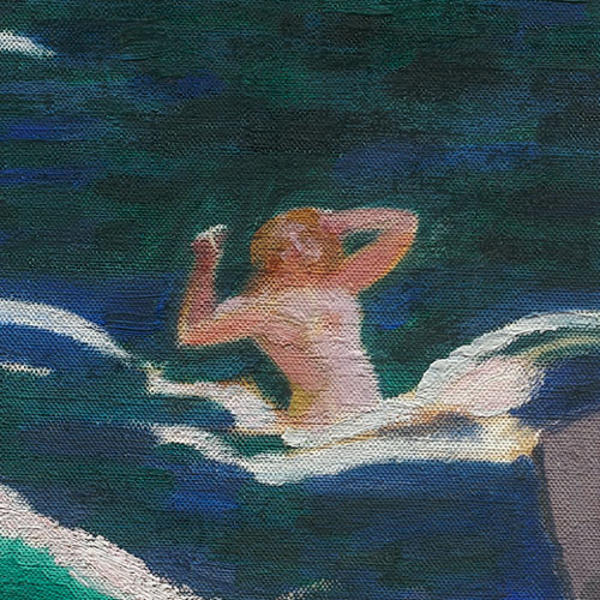
#12
Paintings by Maurice Denis and the Nabi group are excellent examples of symbolism in art. The artists ignored realistic subjects or, like in “Polyphemus”, made them parts of fantastical, mythological, or biblical scenes. Symbolism was an escape from the hateful, prosaic reality, so myths of Ancient Greece were very relevant. Along with the story of Galatea and Polyphemus, Denis painted the ancient muses Bacchus and Ariadne, and he created a grandiose series dedicated to Psyche for collector Ivan Morozov.
#38
Marthe Meurier and the children
#39
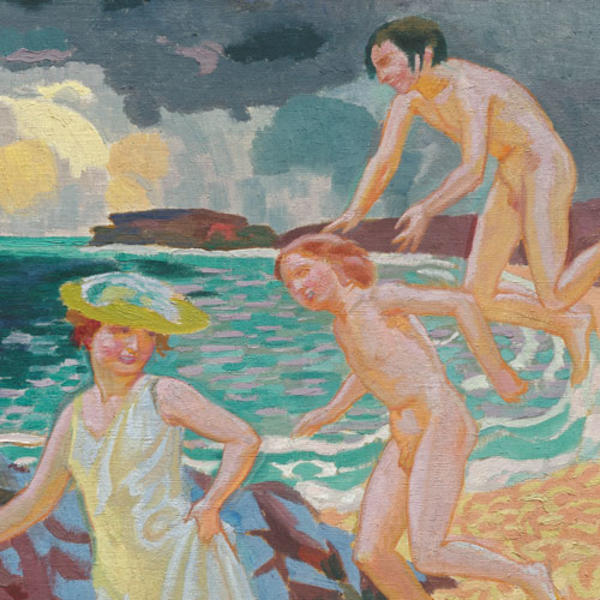
#40
According to his contemporaries, Denis could paint saints riding bicycles, which was a reference to his talent at combining contemporary and ancient motifs in his works. “Polyphemus” is a perfect example: here, a typical beach scene is added to the context of the myth – Marthe Meurier, the artist’s wife and muse, is walking along the shore with their children.
#29
Sleeping nymph
#32
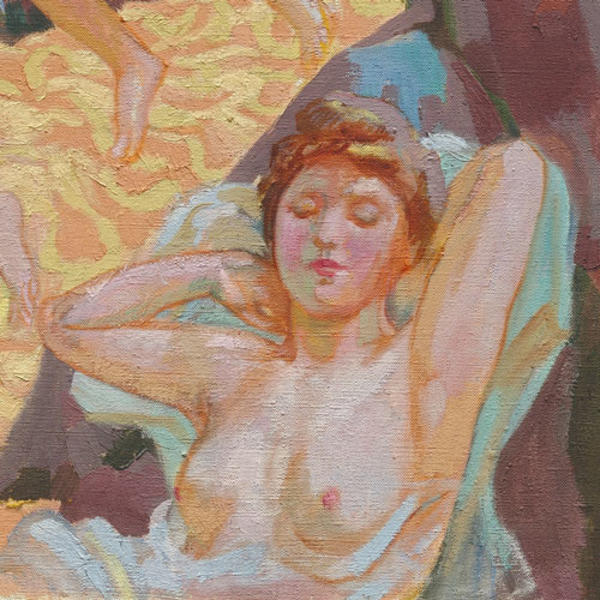
#31
The easiest way to escape reality for a while was dreaming, highly valued by symbolists. It is no surprise to see a sleeping nymph in the foreground of the painting. It also brings the typical symbolic ambiguity to the whole artwork: are we seeing the real Polyphemus and Galatea, or do they only exist in the nymph’s dream?
читать дальшескрыть
00:00
00:00
1x
Polyphemus
Время создания
1907
Размер
81x116 cm
Техника
oil on canvas
7
Открыть в приложении
Поделиться

